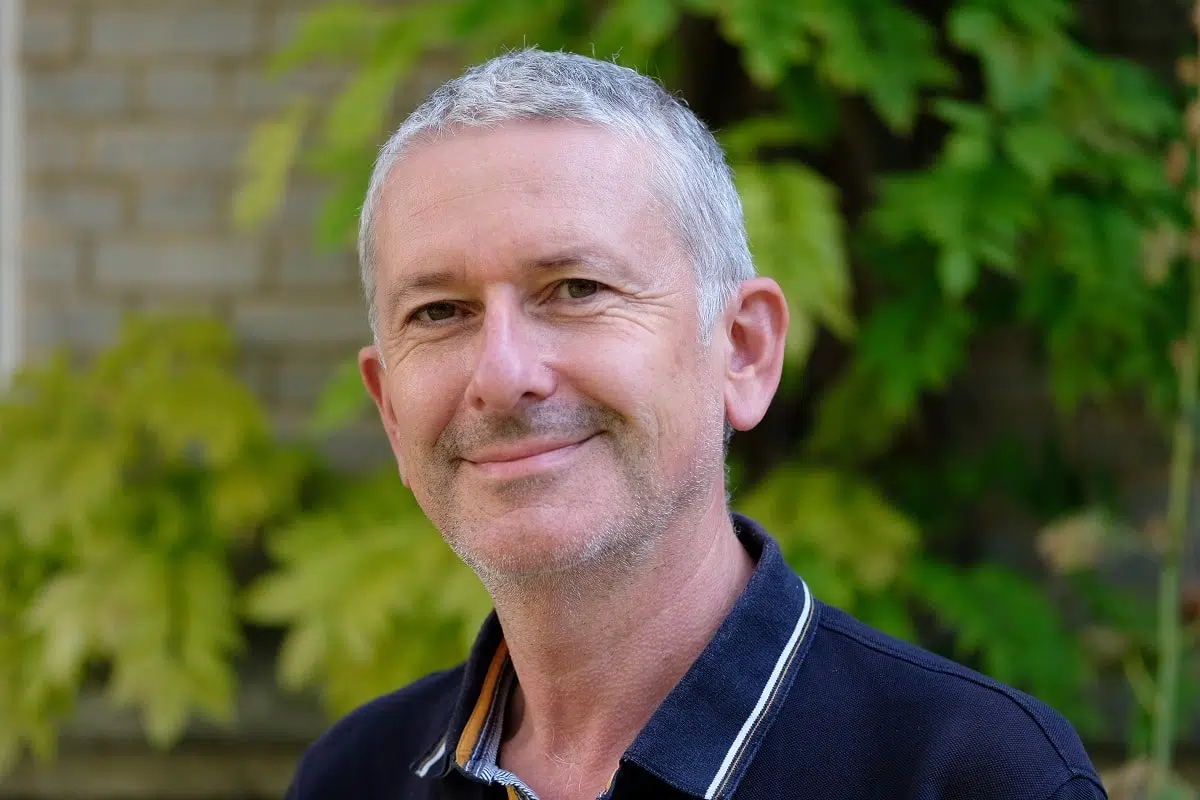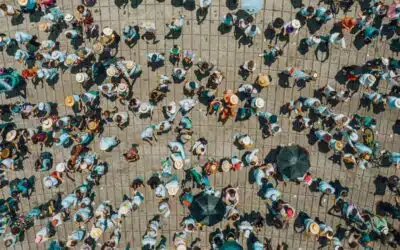Death

Written By Damien Brohon
Blog | General Introduction to Dzogchen | Reflections on death
In this article, “Death”, Damien evokes in a direct and profound way what the end of life means and what it is for Dzogchen..
It’s always a surprise, it’s always a scandal, it’s always incredible…
When we learn of a death, the phrase that often comes up is “But how did it happen?”. As if we had to focus on the how to better hide the very fact: she died, he died. He was there, he is no longer there. She lived among us, where is she now? Which means that one day we will have to leave in our turn. Death is a reality. We struggle to watch it.
“He who sees what does not exist, does not see what exists” says the Ornament of the Great Vehicle Sutras and, to paraphrase this text, he who sees what does not exist dissipate, can finally see what exists.
This consciousness of our mortality is the basis of our humanity and yet it seems that most of the time we try to avoid it by distraction (running towards what will make us forget the bad news as quickly as possible: “Hey, wait a minute : do you know that the sales start tomorrow! Too good!”), by rationalizations (supposed to rationalize what goes beyond all the reason we have: “Death is always that of others”) or by vague beliefs ( whose merits we prefer not to question too much: “I’m sure that after there is something…”). But the circumstances of life, ironically, keep reminding us of death.
I remember the death of a friend with whom I shared the same spiritual journey, the disappearance of an uncle in whom I recognized certain traits of my own character or even the death of more distant characters like the comic book author Moebius, who I was expecting to finish Arzach’s next album… In these moments we really think about death… so much so that it’s no longer just an abstract notion approached mentally. We experience our body as ephemeral. We see that our relationship with those we love cannot last forever. Our sensory perceptions reveal to us a world of transitory and uncertain appearances. One then experiences vividly that life and death are closely woven; to want one without the other is absurd!
To be born is to have to die. It also happens that the two events follow each other quickly: this is the tragedy of so-called stillborn children. Even if death occurs one hundred and eight years after birth, nothing changes the fact that the two are ineluctably linked. The time of our existence could also be described as a succession of small deaths and births: starting/ending a day, reading this article/stop reading this article, getting married/divorced, starting a job/losing it, etc. Your own examples will necessarily be the most telling and it is generally not necessary to search for them very long. If we care about understanding our life, if we really want to live it, isn’t it necessary to look to death? Doing this is like waking up in a dream and becoming aware of your dreamlike nature. Indeed, everything that seems so solid in our existence: our work, our habits, our loved ones, our hobbies, etc., etc. nothing seems to survive death. All of that exists now but certainly not always. Yet it is as if we (who?) had assured us that all this little world was really solid, durable. But contemplating the transience of all things shows us that there is no such thing.
One day our colleague at work with whom we are in conflict over matters relating to stewardship, but on whom we can rely in the event of a blow with all that is fiduciary, whose caustic humor we appreciate deploys near the coffee machine, etc. is just a memory. We just learned that he did not survive his cancer. And it is a part of our world that disappears with it.

On another scale, the climate, society and geopolitics are changing in a radical, profound and uncertain way. What was described to us as the reality when we were children, the universe of our parents and grandparents is not at all that of the present. Everything changes very quickly. To go where? No one seems to know that very well. Will our identity, our cherished self, survive death? My very own self, which is defined (among other things) by a love of Moebius comics, Thai cuisine and David Lynch films, will it be able post mortem to rummage in bookstores, taste fine foods and take interest in Twin Peaks Season 4? Nothing guarantees it. What will become of this me then? And even in this life can I say that I remain the same, moment after moment? Am I really the same at work where I am known as a reasonable person keeping my records up to date, at night, in a delirious dream where I am a cosmic octopus, in deep sleep where there is no – it seems – nobody left, or in the morning when I wake up and am amazed by the song of a bird, then annoyed because finally it is too noisy? Everything happens as if there were a succession of me(s) appearing and disappearing. And if we observe what happens in the mind moment by moment what do we discover? The birth of a thought, followed by its death, a space, the birth of another (related or not to the previous one) and, again, the death of this one, again a space… and so on. Each thought appears as a small cognitive and emotional world with its own colors and texture which, as soon as it appears, seems to us to be reality itself. Yet it is as ephemeral as an iridescent soap bubble floating – for the time of a child’s laughter – before bursting into the azure. It seemed so real though!
To contemplate this is dizzying and painful: all that is compounded (i.e. all that lives) is impermanent (i.e. mortal). Why is it dizzying? Because we usually spend our time distancing this reality. Hence this discomfort, when events (mourning, separation, illness) or a real reflection place it in front of us, in an inevitable way. All our usual constructions that ensured us a “stable me” and a very solid world vanish like mists under the blazing midday sun.
For the Dzogchen tradition this is very good news. When illusion appears as illusion there is the opportunity for recognition of our true nature. “He who sees what does not exist, does not see what exists” says the Ornament of the Great Vehicle Sutras [1] and, to paraphrase this text, he who sees what does not exist dissipate, can finally see what exists. When one of our mental balloons deflates, when we accept the impermanence of what we thought was permanent, or when we look at the space between two thoughts, then we can see the radiance of our true nature. The crack in our pseudo-certainties and in an anxious comfort of what might disturb it lets in a light that has always been there, that we had not seen and whose realization is the very heart of this tradition.The perspective then turns completely around: the awareness of our mortality, of the ephemeral nature of all things, turns out to be an inexhaustible treasure of inspiration and a sacred perspective on existence where we saw only a threatening abyss. This contemplation thus brings a deep appreciation for this life, even in its painful aspects, as well as an enthusiastic aspiration to fully realize what has been glimpsed.
[1] Quoted in Sandy Hinzelin, Tous les Êtres sont des Bouddhas. Traduction et commentaire du Traité qui montre la nature de Bouddha du Troisième Karmapa, Vannes, Sully, 2018, p. 68.
More Posts
Living in a Big City
In “Living in a Big City”, Nils proposes to change the way we look at big-city crowds, by considering manifestations of the same nature.
Advice for Difficult Times
In this article “Advice for Difficult Times”, Johanne talks about Yeshe Tsogyäl’s difficult and extraordinary journey and the advice she got.
A Precious Human Birth
In “A Precious Human Birth”, Mila Khyentse talks about the difficult conditions that accompany birth and the practice of the path.



